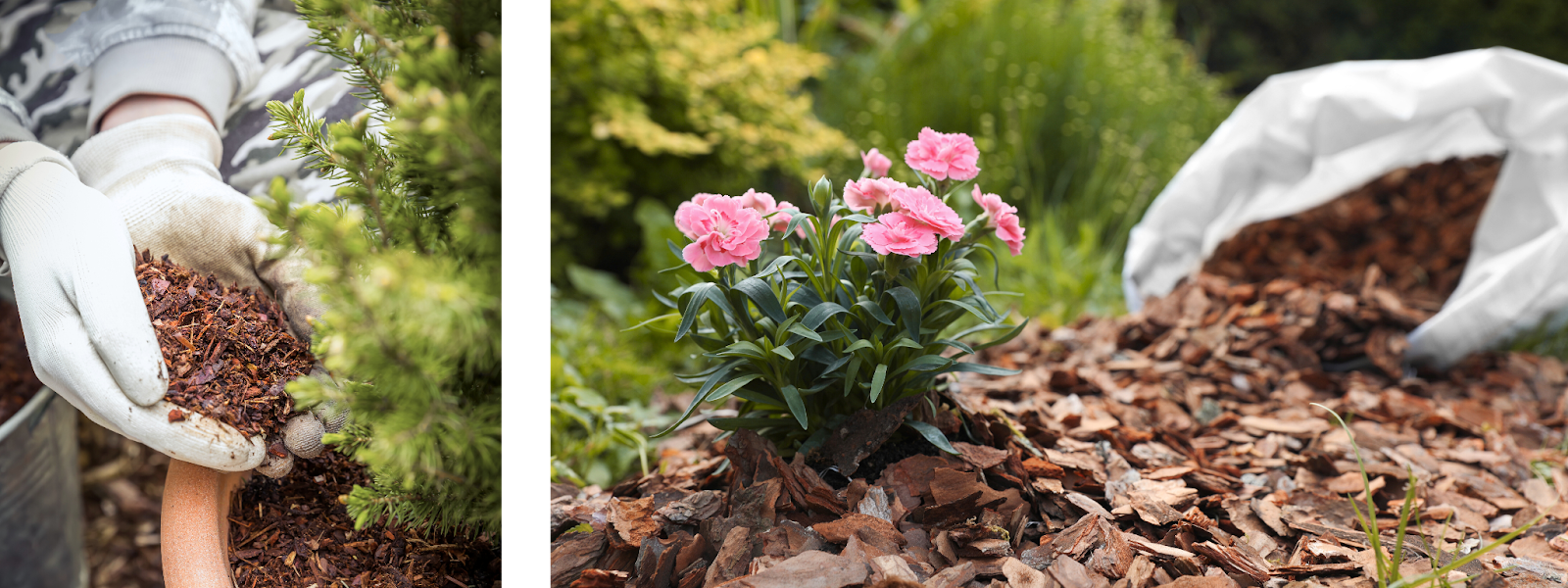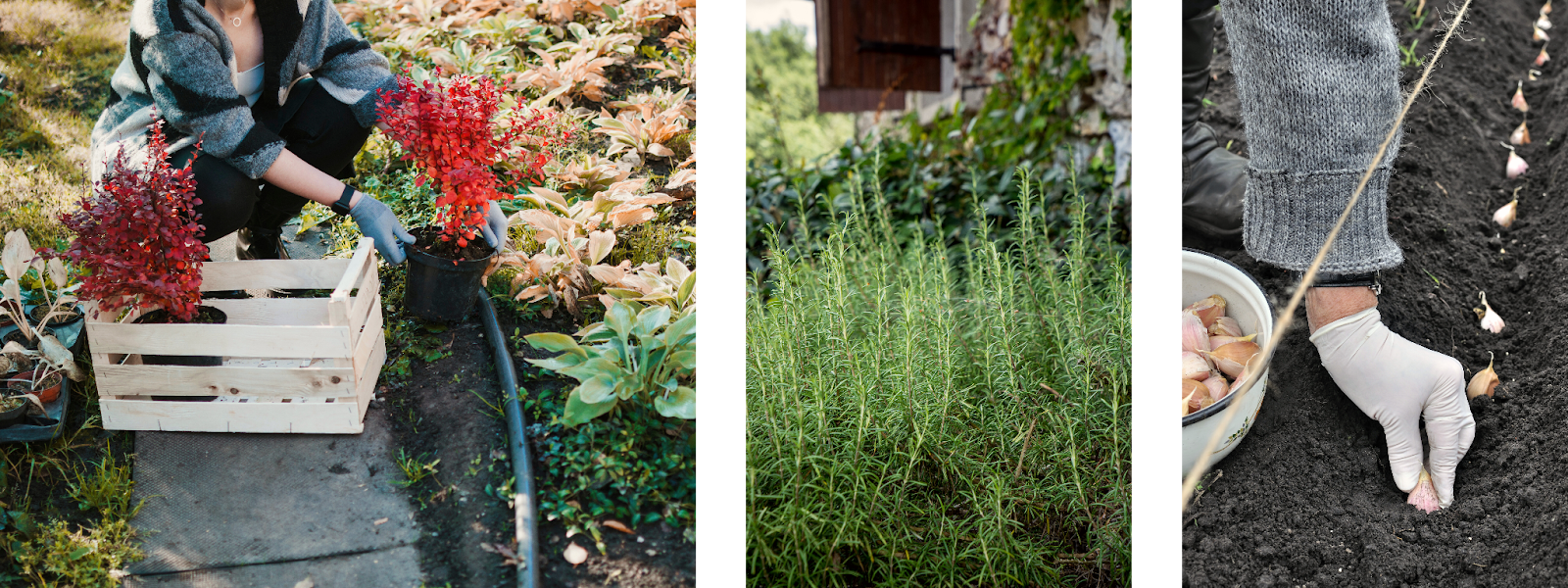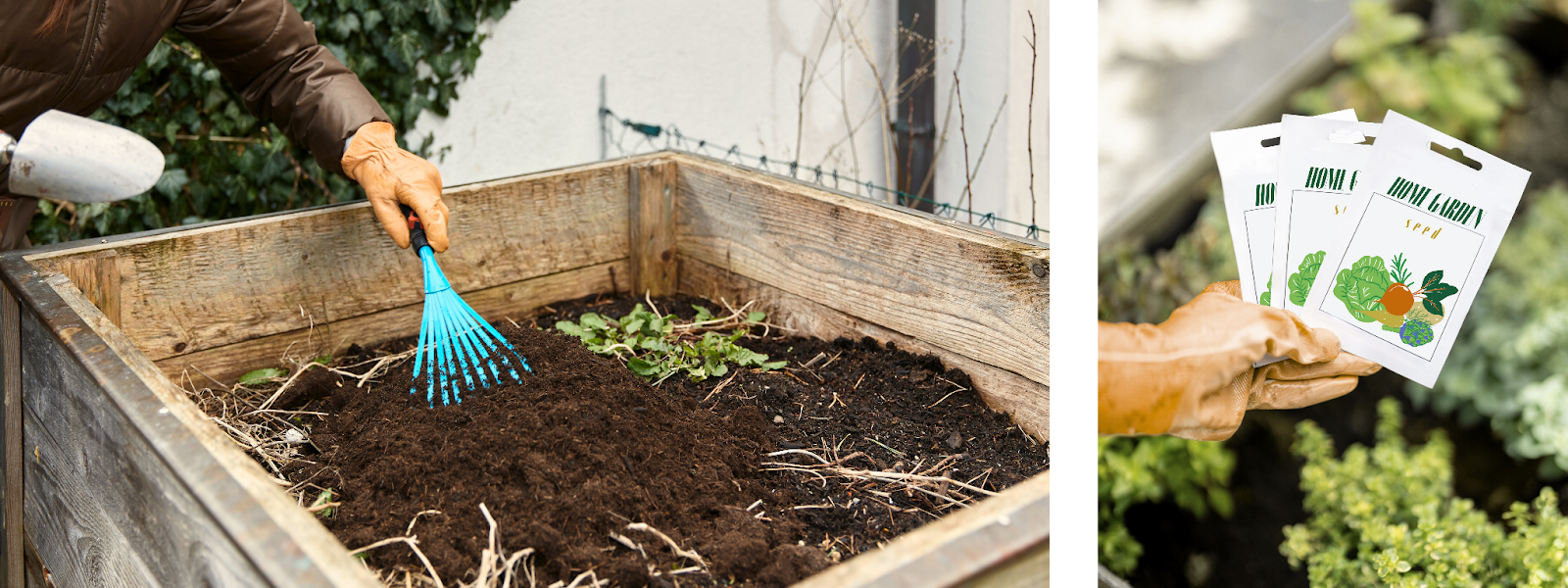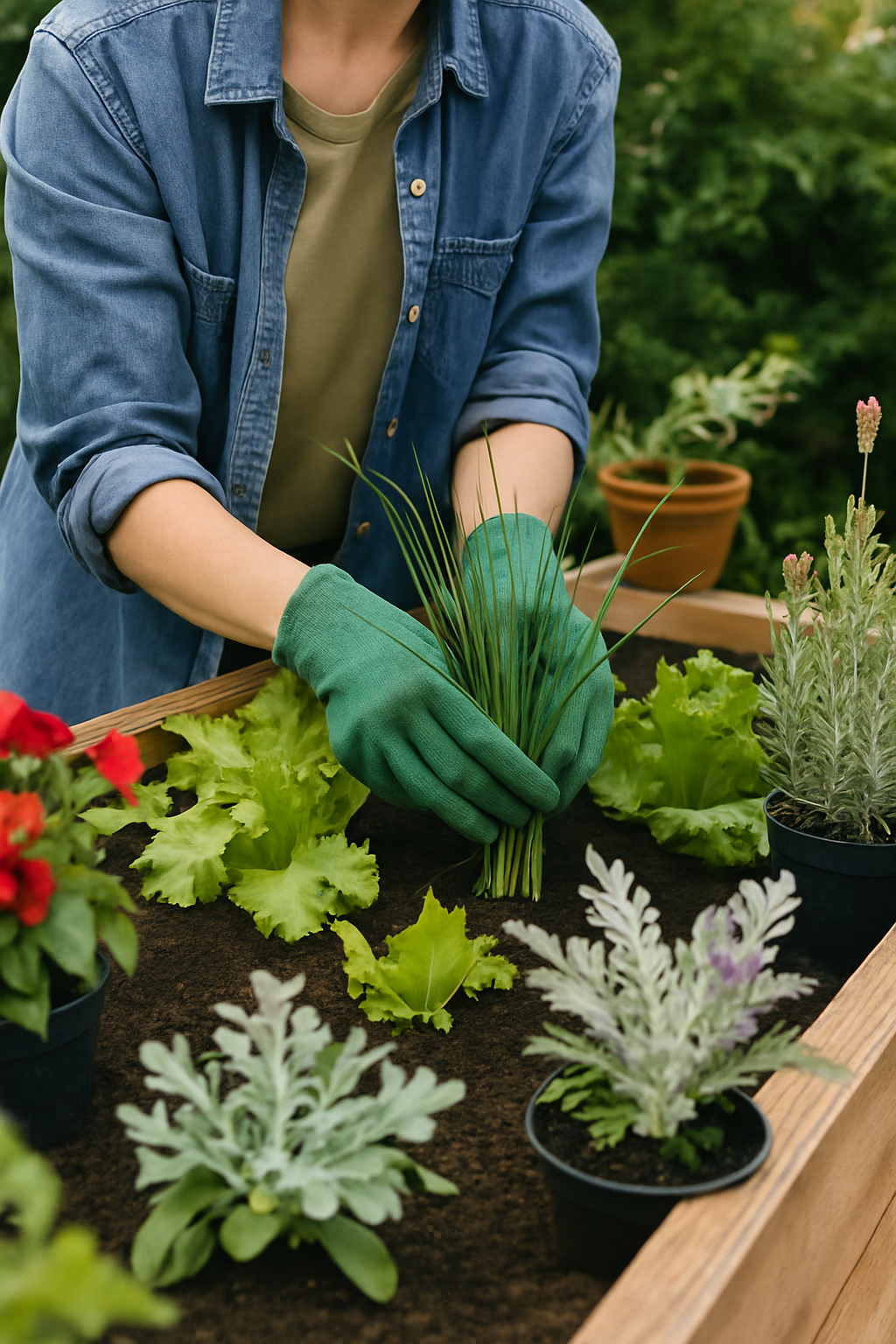Autumn is just around the corner, and in our gardens across the U.K., we are about to witness a great transformation from the summer green to the autumn hues. Leaves will begin to brown and the gentle mists will appear over the horizon.
For the gardener, autumn brings about a time to prepare and invest in nature, only for it to pay dividends for the months to come. Yes, it may feel like some things slow down as growth seems to stop, but actually, this is the perfect time to rejuvenate your garden.
We’ve pulled together our top 10 ideas to prepare and transform your autumn garden below:

1. Celebrate Autumn Colour
Put simply, the red, orange and gold of autumn is something to behold. It’s a wonderful combination of colour and vibrancy. To make the most of this spectacle in years to come, early autumn (September–October) is the perfect time to plant shrubs and trees, such as acer (Japanese maple), euonymus, or liquidambar. Planting while the soil is still warm gives roots time to establish before winter.
If space is tight, consider ornamental grasses or heucheras in pots, which provide rich seasonal colour and texture right through October and November. A light mulch around the base of new plants in the ground will help protect their roots against frost.
2. Create a Cosy Seating Corner
Autumn is the ideal season to make an outdoor space that invites you to linger and get all cozy. You can consider adding a fire pit for warmth, scattering outdoor cushions and blankets for comfort, and hanging fairy lights or lanterns to extend the evenings out into the night.
Preparing your corner in early autumn, while the weather is still fair, means you’ll be able to enjoy crisp evenings with a cup of tea or even mulled wine or cider as the nights draw in.

3. Plant Spring Bulbs Now
Perhaps surprisingly, autumn is often seen as a season of hope for gardeners, as what a gardener plants in autumn, they enjoy in Spring. Fast forward your mind to Spring, and all of those daffodils, crocuses, and alliums you see? They went into the soil in September and October, while tulips usually go into the ground in November (this staggered planting not only reduces the risk of tulip fire disease but also gives you a longer season of colour in spring).
Plant bulbs in generous clusters or natural drifts for the greatest effect. The Royal Horticultural Society (RHS) recommends planting bulbs at a depth two to three times their height and in free-draining soil to prevent rot.
4. Mulch and Protect Your Soil
Falling leaves are a gift, not a nuisance. Shredded and applied as mulch, they enrich the soil, suppress weeds, and help regulate temperature and moisture. October and November are the best times to mulch around perennials, roses, and shrubs. Not only does this protect root systems from frost, it also improves soil health ready for spring growth.

5. Add Evergreen Structure
As deciduous trees lose their leaves, evergreen plants come into their own. Shrubs like holly, box, and yew provide winter structure, privacy, and greenery. Autumn is an excellent time to plant evergreens, as the soil’s warmth helps them establish before the coldest weather. Their consistent presence ensures your garden looks alive and structured, even in the darkest months.

6. Grow Autumn Veg and Herbs
Growing time is not quite over! You can still sow garlic and hardy varieties of broad beans in October and November, and you’ll be rewarded with strong growth in spring. Plus, hardy herbs such as rosemary, thyme, and sage (Salvia officinalis) planted in free draining soil not only withstand the colder months but add wonderful flavour to winter roasts and stews. After flowering, cut back perennial herbs to keep them compact and healthy.

7. Introduce Wildlife Havens
As food becomes scarce, wildlife needs your help. A simple log pile can shelter insects and hedgehogs, whilst bird feeders filled with seed and suet balls keep garden birds healthy.
Planting berry-rich shrubs such as hawthorn, cotoneaster, and pyracantha provides both food and structure. Wildlife-friendly planting not only supports biodiversity but also adds life and movement to the garden and supports an overall healthy ecosystem.
8. Refresh Your Containers
The containers you have in your garden, like a patio pot, may start to look a little tired come the end of summer. Swap them out for cyclamen, violas, pansies, and primroses to provide colour well into the colder months. Planting in September and October allows roots to establish before frosts arrive. Raise the pots using pot feet or blocks to prevent water logging which can freeze and crack the pots or damage the plants.
9. Build a Compost Corner
Autumn is compost season. There are leaves, grass cuttings, and vegetable peelings in abundance at this time of the year, so now is the time to start or refresh your compost heap. Layer “green” material (like grass clippings) with “brown” material (like shredded dry leaves, cardboard and twigs) to achieve a good balance. By next autumn, you’ll have rich, dark compost - often called “black gold”- to feed your beds.
10. Plan for Next Year
With much of the hard work winding down, autumn is a great time to reflect and plan ahead. Sketch out new borders, decide on new projects such as raised beds or wildlife ponds, and order seeds in readiness for sowing in spring. The quieter pace of the season provides space to be creative, ensuring your garden evolves year by year.

What do the experts say about autumn gardens? Expert Insight - Royal Horticultural Society (RHS)
The experts over at the Royal Horticultural Society (RHS) remind gardeners that autumn is a very important season in the wider context of the year. Yes, in some ways it slows down, but there’s also bulbs to plant, borders to tidy and debris to clear. All of the work you do in autumn sets the stage for success in spring. Their advice is clear: invest in autumn tasks, and your garden will repay you tenfold when the days grow longer again.
“Autumn sets the groundwork for a garden’s next chapter. By planting, mulching, and planning now, you’re not just maintaining your garden, you’re shaping the spectacular displays and harvests of next year. There’s nothing more rewarding than seeing your autumn efforts burst into life come spring.”
Jon Gower - Academy Tutor
Final Thoughts
Autumn is often seen as an ending, but for gardeners it can also be a season of fresh beginnings. By planting, mulching, planning, and creating cosy spaces, you are not just tidying up. You are laying the foundation for beauty and abundance in the months ahead. Each step you take now, from nurturing wildlife to preparing soil and bulbs, will pay you back with colour, structure, and harvests when spring returns.
Interested in going deeper into creating your perfect garden? Check out our Garden Design courses to start your journey with the British Academy of Garden Design
FAQ
What is best to plant in autumn?
Autumn is the perfect time to plant spring bulbs such as daffodils, crocuses, and alliums, as well as tulips later in the season. You can also add evergreen shrubs, ornamental grasses, and berry-rich plants that provide structure and food for wildlife. For the kitchen garden, garlic, broad beans, and hardy herbs like rosemary and thyme thrive when planted in autumn.
What do I do to my garden in the autumn?
In the autumn, focus on clearing leaves, mulching soil, and protecting plant roots from frost. Plant spring bulbs, refresh containers with seasonal flowers, and add evergreens for structure. It is also a good time to start or top up your compost heap and to plan projects for the coming year.
What grows fastest in autumn?
In the UK, fast growers for autumn include salad leaves such as rocket, spinach, and cut-and-come-again lettuce, which thrive in cooler temperatures. Radishes also grow quickly and can be harvested in just a few weeks. Garlic and hardy varieties of broad beans are ideal to sow in autumn too, as they establish strong roots over winter and burst into growth in spring.

